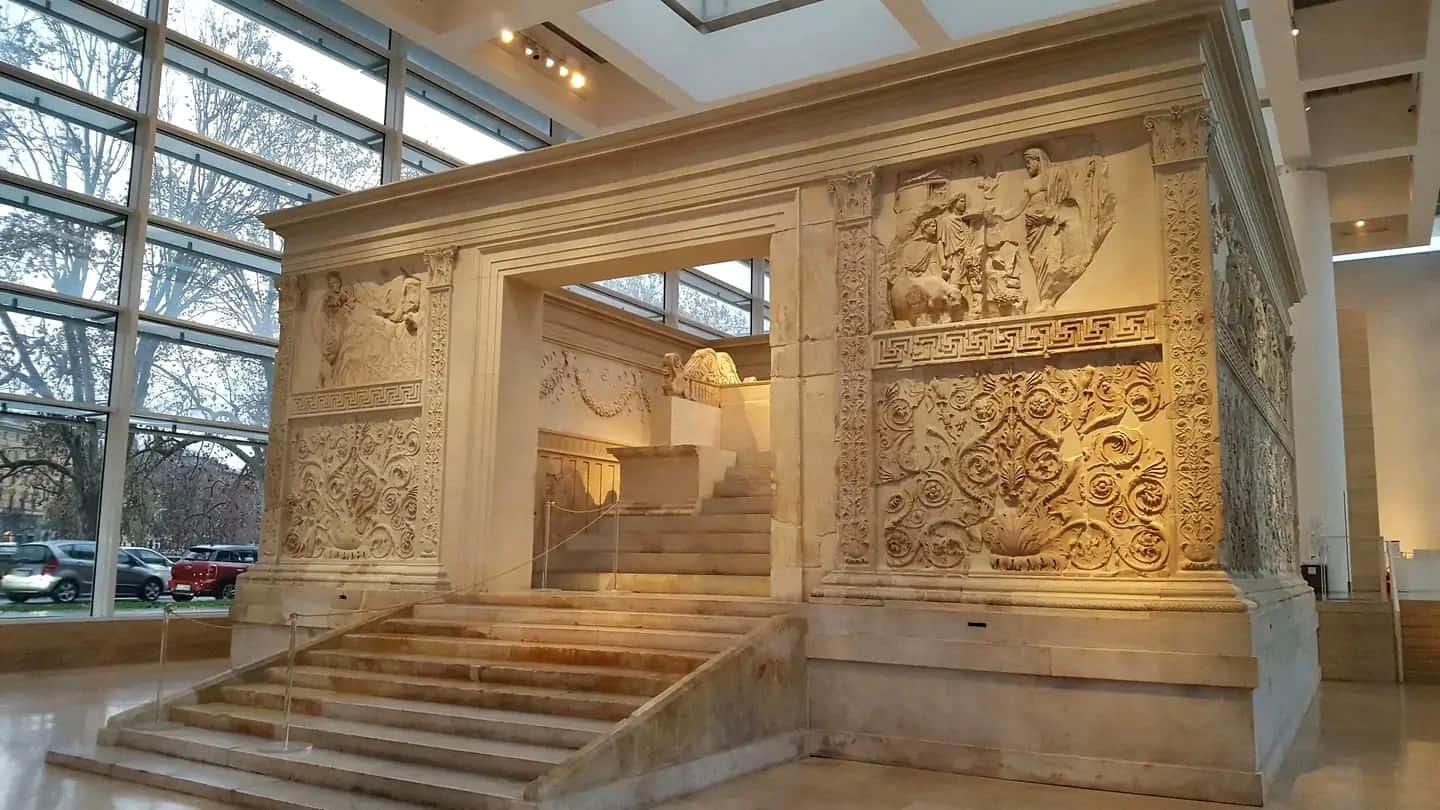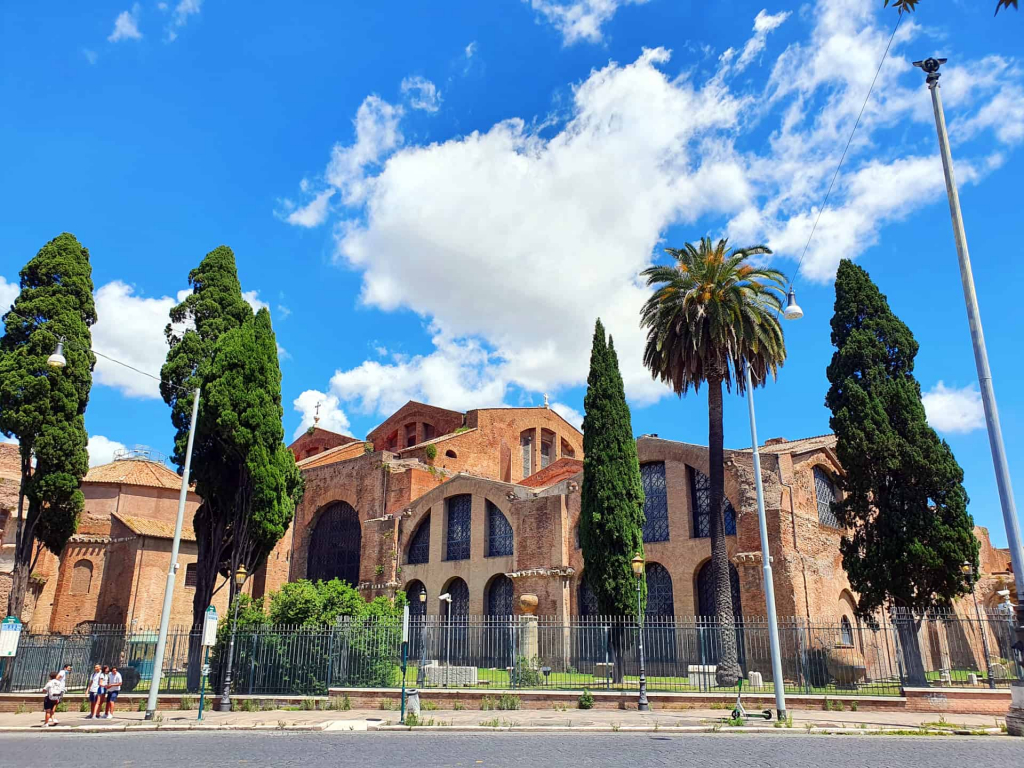
Ara Pacis
When you think of Rome, you likely conjure up images of the Colosseum, the Pantheon, or the Vatican. But there is one lesser-known monument that carries an equally fascinating story: the Ara Pacis. This stunning altar, built in 9 BC, is a testament to the power and prosperity of the Roman Empire at the height of its reign. It was commissioned by the senate to commemorate the victories of Emperor Augustus in Gaul and Spain, and its intricate reliefs depict scenes of peace and prosperity. But the Ara Pacis has also endured a tumultuous history, surviving floods, earthquakes, and even the ravages of time.
Today, it stands as a symbol of Rome’s enduring legacy, its beauty and significance drawing visitors from around the world. Join us as we delve into the captivating story behind one of Rome’s most iconic monuments, the Ara Pacis.
The Ara Pacis can be found in the museum bearing the same name. It was commissioned by the Senate in 13 B.C. to commemorate the end of the civil war and the return of peace in the Empire. The altar was completed in 9 B.C. The monument is decorated with Carrara marble, which was probably worked by Greek artists because of its very high quality. It is the most important work of art from the time of Augustus.
The Ara Pacis was a symbol of Roman power and prosperity, and it was meant to demonstrate the importance of peace and stability in the empire. The altar was also used for religious ceremonies, and it played an important role in the public life of Rome.
The square work has a rising altar in the centre, which once a year served as a sacrificial site. On the altar itself, a priestly procession is depicted, with sacrificial helpers and vestalines. On the south and north walls, a procession that took place on 4 July 13 B.C. is shown. It celebrates the return of the emperor after the Spanish campaign. There the imperial family, according to rank, is represented. Among them Augustus with his wife Livia and his son-in-law Agrippa, who was the official heir to the throne at that time.
There are four mythological scenes depicted on the entrance walls. On one wall the goddess Roma sitting on weapons, next to her the goddess of peace surrounded by plants. On the other wall the Lupercal with the she-wolf and Romulus and Remus, next to Aeneas who brings a sacrifice to the Penates.
The reliefs are technically perfect and with the fine and detailed representation of the ivy, laurels, wine and birds, the Ara Pacis is one of the most beautiful works of art of ancient Rome. The reliefs on the Ara Pacis were meant to convey a message of peace and stability. They depict scenes of abundance, prosperity, and harmony, and they celebrate the role of Augustus in bringing about these conditions in the Roman Empire. They show how Rome, after the end of the wars, flourishes once again in the newly created peace.
Although the Ara Pacis was built over 2,000 years ago, its significance is still felt today. The altar is an important symbol of Roman power and prosperity, and it continues to inspire people from around the world.
The Ara Pacis is also a reminder of the importance of peace and stability in society. In a world that is often filled with conflict and turmoil, the Ara Pacis serves as a powerful reminder that peace is possible, and that it is worth striving for.

Ara Pacis (Rome)

Skip-the-Line tickets for the Ara Pacis
Opening hours:
Monday – Sunday: 09:30 – 19:30
Buy your tickets here and skip the line!


Treasures of Rome – Rome Guided Tours
Roberto Alois Lautenschlager Kung
[email protected]
Partita IVA: 17002181000
“ROMA AETERNA EST”
Rome is eternal – (Albius Tibullus)





